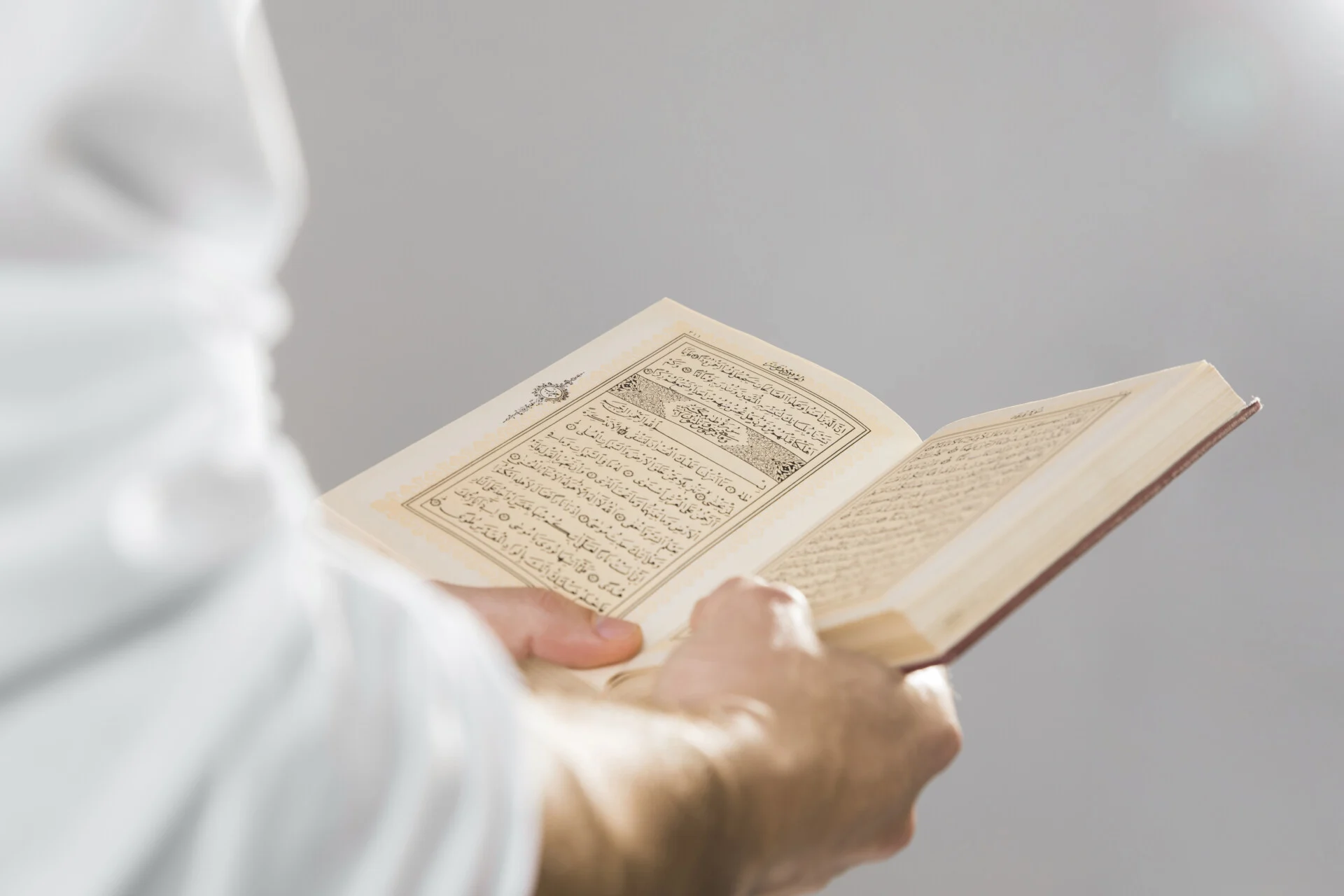Tajweed means to improve or beautify the recitation of the Quraan. Learning proper tajweed improves your recitation and you will make less mistakes.
Mistakes are broken into two types: Major and Minor. Major mistakes are apparent or obvious including changing the letter or vowel in a word which can sometimes change the meaning. The minor mistakes are hidden and can occur in some applied rules of tajweed such as idgham and idhaar.
There are 10 principals of Tajweed. They are: Definition, formation, fruits, precedence, issues, name, ruling, source, place, and founder. These 10 principals will help with understanding this science. When you teach tajweed, you should note that it was derived from the spoken recitation of the prophet (salAllaahu ‘alaihi wa sallam ). It is one of the most virtuous of sciences because of its relation to the Quraan.
Tajweed also deals with the letters in the Quraan. All these letters come from a makhraj. There are two categories of Makharij: Mahaqqaq and Muqaddar. A makhraj is Muhaqqaq if a letter relies on a specific place within the throat, tongue, and lips and is emitted or produced by collision (or the coming together of the points of articulation). The Muqaddar letters are the madd letters that don’t rely on a specific place and are emitted via separation. Jawf, the empty space of the mouth and the throat, is home to the madd letters.
Note: Yaa and Waaw are muhaqqaq and muqaddar. Yaa comes from colliding the middle of the tongue to the upper palate and waaw muhaqqaq is pronounced when you pucker your lips and there is a small space allowing the sound to run.
I hope this was somewhat helpful for you to start your tajweed journey!
Thank You!


